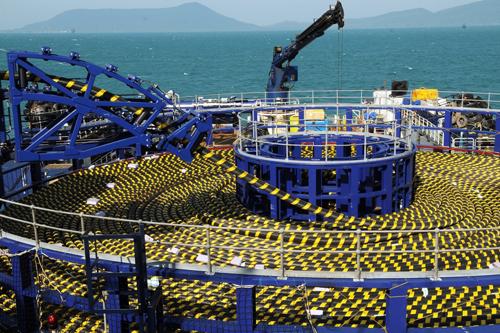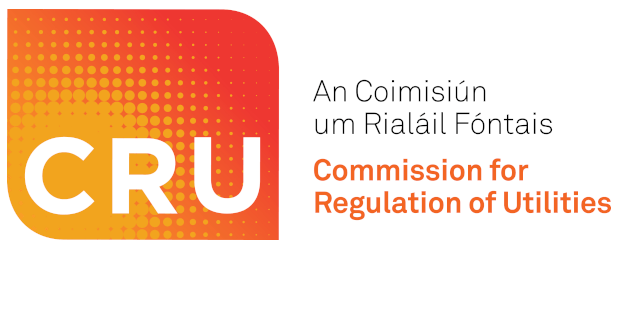For decades, the world has been moving massive amounts of energy around using steel tubes running along the ground, under the ground and under water. The US alone has about 5 million kilometers of pipelines, which have about four years worth of total steel consumption for the country embodied in them.
Now, of course, the owners and operators of those pipelines want to have them become something other than stranded assets that will be yanked out of the ground and scrapped for steel for economy-of-the-future purposes such as wind turbine masts. They make all sorts of claims related to this that don’t stand up to much scrutiny. If reused to move hydrogen, they’ll have to move a lot less energy to remain safe, and of course they come from fields of natural gas, not fields of solar panels and wind turbines next to a good water source, so where exactly is this hydrogen coming from?
Once again, it’s a paradigm and lobbying problem. The easiest way to move energy long distances is in the form of electrons over high-voltage direct-current (HVDC) transmission lines. And it’s not like we don’t know how to build HVDC transmission.

The technology was invented in Europe, so it’s unsurprising that there’s a great deal of it there. And it’s equally unsurprising that China has the lion’s share of longer, higher-powered HVDC lines. But as the map shows, it’s present on every continent and projects are being announced regularly.
At that, it’s an incomplete data set this visualization is created from, as it’s difficult to keep up with projects. As I noted recently when asked if there was as good a visual map of the projected HVDC projects as there is for CCS and hydrogen efforts, there isn’t, because unlike hydrogen in pipelines, there isn’t a massive global lobbying, PR, think tank, and industry effort promoting it out of deep fear of becoming extinct.
A few notable projects are worth calling out, especially as they are in places that were considered energy islands that would have to go it alone. Israel, for example, is modeled as an energy island and separate grid in the Stanford 100% renewables by 2050 work that Mark Z. Jacobson leads. But construction is under way for an HVDC interconnector from Greece through Cyprus to Israel. It has a 1,208-kilometer run, mostly under water, a two-way capacity of 2 GW, and is expected to be up and running in 2027.
What’s an interconnector vs a transmission line? Well, it goes both ways. If there’s a surplus at one end and a deficit at the other, electrons flow that way. If the surplus and deficit reverse, then the flow reverses.
Iceland is another outlier, being 850 km from the tip of Scotland and 1,000 km from Norway across the stormy Northern Atlantic. It’s already doing very well with its geothermal resources, but there’s been an interconnector in the works for a few years to enable it to share in the European energy grid. The Icelink would be over 1,000 km and in the range of a GW of capacity.
The UK, of course, has work underway already to bring Moroccan wind and solar, firmed by storage, 3,800 km north through coastal waters to the country. The Xlink project will bring 3.6 GW of firmed electricity to the UK 20 hours a day, meaning it will deliver about as many GWh to the UK’s grid each day as the Hinkley Site C nuclear power plant, but at a much lower cost. That effort will become the longest underwater HVDC transmission link, as it hugs the coastline to avoid deep water risks and costs, and in fact required so much HVDC cable that by itself it would have represented 3-4 years of output of European manufacturers. So they built their own HVDC cable manufacturing facility as part of the initiative and are taking orders now for 2025 delivery of their cross-linked polyethylene coated aluminum HVDC cables.
For the political and/or real islands of Asia such as South Korea, Singapore, Indonesia, and the Philippines, there are actually competing proposals for HVDC interconnectors between China’s HVDC Asian Super Grid efforts which are underway and the Association of Southeast Asian Nations (ASEAN) power grid, which is also shaping up.
A proposal for an HVDC cable from Australia to Singapore, Sun Cable, has been hijacked by hydrogen hype, but the likelihood is that a variant of it will return, possibly connecting into the ASEAN and China grids through the relatively close by Indonesia and Philippines.
Japan’s current HVDC connectors between and within its islands block out the country entirely in this visualization. China’s Asian supergrid proposals include interconnectors with Japan. As it’s only 180 km from South Korea, 765 km to mainland China, and 1,700 km from the Philippines, these links are comparatively easy to put in place. However, despite the prevalence of HVDC in Japan, it’s foolishly focused on importing hydrogen and derivatives from Australia and similar sun-drenched locales to power its economy. This too shall pass, but Japan being Japan, will likely take a decade or more longer before energy sanity prevails.
A few other proposed and under construction links are worth mentioning in this context. Canada’s Quebec has massive amounts of hydroelectricity and the largest wind farm in Canada (something most Canadians don’t know) and has been supplying New England and New York with clean electricity through high-voltage alternating current (HVAC) lines since about 1980. There are two HVDC lines, one to New England and one to New York state, under way. The 545 km, 1.25 GW line to New York is under construction today and expected to be turned on in 2025. The New England one ran into NIMBYs and was in court this week to get it going again, with the jury agreeing unanimously that objections were specious and that it could go forward.
Europe’s energy crisis has led to a large uptick in projects beyond the ones mentioned so far. I was on a call yesterday with Simon Ludlam, currently CEO of the MaresConnect Interconnector, the third UK-Europe HVDC interconnector project he has underway. It’s hard to keep track of how many HVDC lines the UK has in operation between North Seas wind farms, connecting its islands, and connecting it to Europe.
In the other direction, a 1,200 km subsea cable has been greenlit to bring renewable energy from far east in the Caucasus, linking Georgia to Romania. To the south, in addition to the Israel link, a link from Tunisia in the Maghreb to Sicily has been greenlit. I’m engaged in a small way with the early days of a proposal to link Canada and Europe with a trans-Atlanic, 6 GW set of 3-4 cables, something which sounds absurd until you realize that the first sub-sea trans-Atlantic cable for telegraph signals was connected 165 years ago along much the same route from Newfoundland to Ireland.
And in the other, other direction, China has proposed a polar HVDC super grid to connect all northern hemisphere continents, something entirely technically feasible, if not politically. It would be cheap at about $2 trillion, given the benefits. Pity about the politics for the next 20 years, but politics typically pass.
Aren’t these projects, especially the sub-sea ones, deeply risky megaprojects?

Well, no. Professor Bent Flyvbjerg’s data set of over 16,000 megaprojects includes transmission. While running underwater is higher risk than running over land, it’s still lower risk than most other categories in terms of cost and schedule overruns. Among other things, no one runs anything along sea beds without vast amounts of planning.
Links in all directions to different wind, water, and solar regimes enables vastly broader sharing of low-carbon electricity and results in lower storage requirements in most places. HVDC is the technology for those links. Tubes of steel carrying molecules need not apply.
Original link – https://cleantechnica.com/2023/04/21/hvdc-is-the-new-pipeline/



